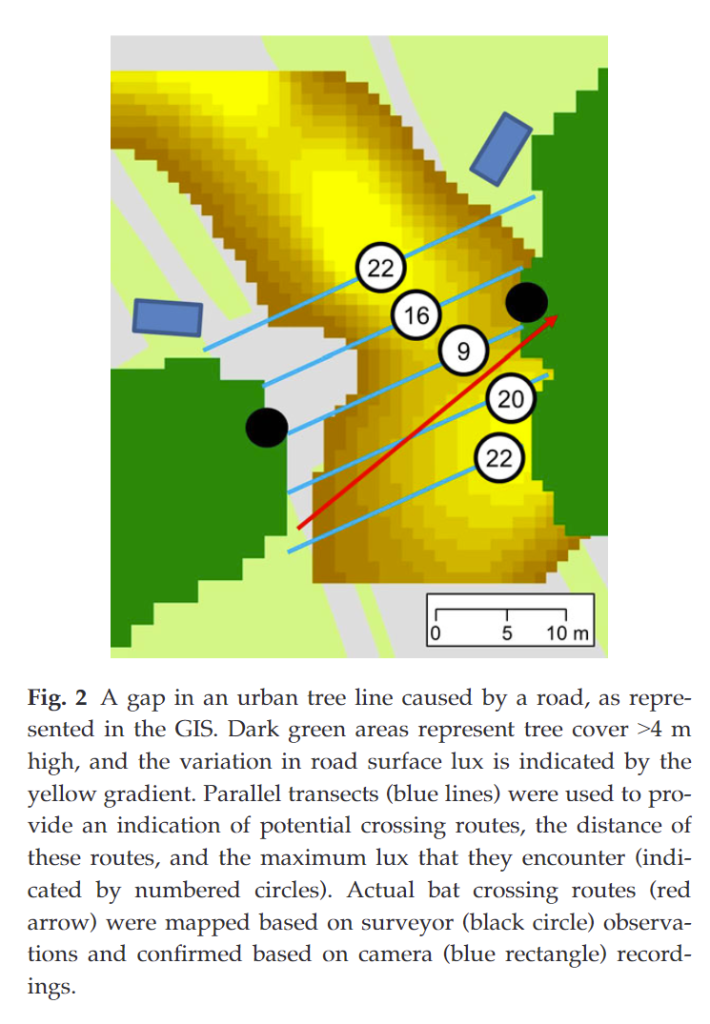Human development has affected large carnivores for centuries. As human development expands these predators have been extirpated from their once vast ranges. Cougars were once found throughout North America but are now restricted almost exclusively to the western part of the continent. Despite this, large predators have shown the ability to persist through a human-dominated landscape with many anthropogenic features. This study aimed to prove that cougars are capable of adjusting their behavior in order to survive and expand their population into these modified environments.
Over the last 20 years, Alberta, Canada has experienced gradual urbanization and population growth. Due to its rural nature and forested landscape it still supports a relatively stable cougar population in the west-central region. Researchers used telemetry collars on 42 cougars to track use of the landscape around anthropogenic features. These features included private lands, towns and industrial infrastructure from the forestry and natural gas industries. Individuals were split into two classes based on their home-range, Rural and Wilderness. Land cover maps with forest edges and continuous forest layers were generated for the landscape. Using GIS, roads, pipelines, seismic lines, and oil and gas well locations were included, buildings were added from satellite images.
Exponential resource selection functions were used to pinpoint major landscape characteristics that influenced cougar selection. Through a 2-step approach, individual cougar responses were calculated separately and compared amongst themselves, to estimate functional response. Temporal changes were considered with runs of the model for night and day activity. Functional response was assessed through a plot of the top coefficients for each habitat type and the availability of it within each cougar’s home range. The study yielded variable results but some themes were consistent. Cougars selected most consistently for edge and avoided areas of high building density. Cougars were more likely to interact with anthropogenic features at night rather than during the day. Wilderness cougars avoided pipelines, seismic lines, and well-sites at a much higher rate than rural cougars, who may be used to them. Overall, these functional responses show that “cougars demonstrated reduced sensitivity in their selection of habitat near some anthropogenic features” in areas of high human development.
I think the classification of rural and wilderness cougars is a key highlight of this study. Animals that are more exposed to people will behave differently than more isolated species of the same species, so this is something they could not leave out. The anthropogenic features were well laid out and did a good job of describing the urban aspects of the landscape. I think agricultural infrastructure could’ve been focused on as well, especially in areas where cougars may kill livestock. The split of day and night also provides a deeper layer to the results though I am curious if they could have expanded further into exact periods such as dusk and dawn. The data analysis is well done and allowed the researchers to really justify their conclusions.
Their discussion section does a nice job of relating their findings to those of other similar studies of cougars in other areas of the world. The study highlights that while cougars do avoid human development and activity, they may be able to adjust their selective behavior to coexist with it. The researchers suggest that ongoing conservation will only be supported if these selection thresholds are identified and kept in check. Humans must learn to live with large carnivores around them as their habitats experience increasing decline.
Knopff A.A, Knopff K.H, Boyce M.S, St. Clair C.C. 2014. Flexible habitat selection by cougars in response to anthropogenic development. Biological Conservation 178:136–145. https://www.sciencedirect.com/science/article/pii/S0006320714002791?ref=pdf_download&fr=RR-2&rr=8c11bf51087b236b
